Geothermal HVAC Systems: The Future of Efficient Heating and Cooling
Geothermal HVAC technology represents one of the most innovative and efficient solutions for heating and cooling homes throughout Morgantown, WV, and surrounding areas. At Advanced HVAC & Plumbing, we specialize in designing, installing, and maintaining these cutting-edge systems that harness the earth’s constant underground temperature to provide year-round comfort. Unlike traditional furnace systems that burn fossil fuels or conventional air-source heat pumps that struggle in extreme temperatures, geothermal systems deliver consistent, reliable performance regardless of outdoor weather conditions.
The growing interest in geothermal technology across West Virginia reflects a broader shift toward sustainable heating solutions. Homeowners in Kingwood, Fairmont, and Cheat Lake increasingly recognize that geothermal systems offer substantial long-term savings despite higher initial installation costs. These systems typically reduce heating and cooling costs by 40-60% compared to conventional HVAC equipment, making them an attractive investment for energy-conscious property owners seeking alternatives to traditional furnace replacement options.
How Geothermal Systems Work
Geothermal HVAC systems operate on a simple yet ingenious principle: while air temperatures fluctuate dramatically throughout the year, ground temperatures remain relatively stable at depths of just a few feet below the surface. In our service areas across West Virginia, the ground maintains a consistent temperature of approximately 50-55 degrees Fahrenheit year-round. This stable thermal mass serves as an efficient heat source in winter and heat sink in summer, enabling geothermal systems to transfer heat rather than generate it through combustion or electrical resistance.
The system consists of three main components working in harmony. First, a ground loop system circulates a water-based solution through pipes buried in the earth, absorbing or dissipating heat depending on the season. Second, a heat pump unit inside the home uses refrigerant to transfer this ground-source energy into usable heating or cooling. Third, a distribution system delivers conditioned air throughout the home via traditional ductwork or radiant floor systems. This process requires minimal electricity to operate the pump and fan motors, resulting in exceptional efficiency ratings often exceeding 400% – meaning the system produces four units of heating or cooling energy for every unit of electrical energy consumed.
Our installation process begins with a thorough site evaluation to determine the most suitable ground loop configuration. Horizontal loops work well for properties with ample yard space, while vertical loops accommodate smaller lots by drilling deep boreholes. We also install pond loops for properties with suitable water features, taking advantage of the excellent heat transfer properties of water. Each installation requires careful calculation of heating and cooling loads, soil conditions, and available space to ensure optimal system performance.
Types of Geothermal Loop Systems
Selecting the appropriate ground loop configuration is crucial for maximizing system efficiency and minimizing installation costs. Horizontal loop systems, the most common choice for residential properties in Westover and Star City, involve excavating trenches 4-6 feet deep across the property. These systems typically require 400-600 feet of pipe per ton of heating/cooling capacity, making them ideal for homes with at least half an acre of available land. The installation process involves laying high-density polyethylene pipes in a series of parallel trenches or a single wider trench with pipes arranged in a slinky coil pattern to maximize heat exchange surface area.
Vertical loop systems provide an excellent solution for properties with limited yard space or where extensive excavation would damage mature landscaping. These systems require drilling boreholes 150-300 feet deep, with each borehole accommodating a U-shaped pipe loop. A typical residential installation might include 3-5 boreholes spaced 15-20 feet apart, requiring only a small footprint compared to horizontal systems. The deeper ground temperatures accessed by vertical loops often provide slightly better efficiency, particularly in extreme weather conditions when surface soil temperatures fluctuate more dramatically.
Installation Process and Considerations
Installing a geothermal HVAC system requires specialized expertise and equipment beyond traditional furnace service capabilities. Our certified technicians begin with comprehensive load calculations using industry-standard software to determine the exact heating and cooling requirements for each home. This analysis considers factors including home size, insulation levels, window efficiency, and local climate data to properly size both the heat pump unit and ground loop system. Undersized systems struggle to maintain comfort during extreme weather, while oversized systems cycle inefficiently and fail to provide adequate dehumidification.
The ground loop installation phase typically takes 2-3 days for horizontal systems or 1-2 days for vertical installations. We use specialized drilling equipment for vertical loops or trenching machinery for horizontal configurations, carefully avoiding underground utilities and maintaining proper pipe spacing for optimal heat transfer. After placing the loops, we pressure test the system to ensure integrity before backfilling and connecting to the indoor heat pump unit. Founded in July 2000, our company has developed streamlined installation procedures that minimize disruption to your property while ensuring long-lasting system performance.
Indoor equipment installation mirrors traditional HVAC system replacement but requires attention to unique geothermal specifications. The heat pump unit connects to existing ductwork in most homes, though we often recommend duct sealing and insulation upgrades to maximize efficiency. We install advanced thermostats capable of managing the system’s multiple stages and auxiliary heat functions, ensuring optimal comfort and efficiency throughout the heating season.
Benefits and Long-Term Savings
Geothermal systems deliver numerous advantages beyond simple energy savings. These systems operate more quietly than traditional furnaces or air conditioners since the noisy condensing unit typical of conventional systems is eliminated. Indoor air quality improves because geothermal systems don’t produce combustion byproducts or require fresh air for combustion, reducing drafts and maintaining more consistent humidity levels. The absence of outdoor equipment also eliminates concerns about weather damage, vandalism, or aesthetic impact on your property.
Financial benefits extend well beyond monthly utility savings. Geothermal systems typically last 20-25 years for indoor components and 50+ years for ground loops, compared to 15-20 years for conventional heating equipment. This longevity, combined with minimal maintenance requirements, significantly reduces lifetime ownership costs. Federal tax credits currently cover 30% of installation costs through 2032, while many utilities offer additional rebates and incentives. Property values often increase by an amount greater than the net installation cost, making geothermal an investment that pays dividends when selling your home.
System Maintenance and Service Requirements
While geothermal systems require less maintenance than traditional furnace systems, regular service ensures optimal performance and longevity. We recommend annual maintenance visits to inspect and clean the air filter, check refrigerant levels, test safety controls, and verify proper water flow through the ground loop. Unlike furnace repair services that often address combustion-related issues, geothermal maintenance focuses on ensuring efficient heat transfer and proper system operation. With no exposure to outdoor elements or combustion processes, these systems experience less wear and fewer breakdowns than conventional equipment.
Common maintenance tasks include:
- Filter replacement: Monthly during peak usage seasons
- Coil cleaning: Annually to maintain heat transfer efficiency
- Loop fluid analysis: Every 3-5 years to ensure proper antifreeze concentration
- Electrical connection inspection: Annually to prevent efficiency losses
- Thermostat calibration: As needed to maintain comfort and efficiency
Our maintenance programs include priority service scheduling and no extra charges for nights and weekends, ensuring your geothermal system receives prompt attention whenever issues arise. Most service calls involve simple adjustments or minor repairs rather than the major component failures common with aging furnace equipment.
Environmental Impact and Sustainability
Geothermal HVAC technology represents one of the most environmentally responsible heating and cooling solutions available today. By eliminating on-site fossil fuel combustion, these systems dramatically reduce greenhouse gas emissions compared to traditional furnaces. A typical residential geothermal system prevents approximately 5-8 tons of CO2 emissions annually, equivalent to removing one car from the road or planting 750 trees. This environmental benefit resonates strongly with homeowners throughout our service area who seek to reduce their carbon footprint while maintaining superior comfort.
The sustainability advantages extend beyond operational emissions. Geothermal systems use environmentally safe refrigerants and antifreeze solutions in sealed loops that prevent ground contamination. The minimal electricity required for operation can come from renewable sources, potentially achieving net-zero emissions. As West Virginia’s electrical grid incorporates more renewable generation, geothermal systems become even cleaner, unlike combustion-based heating systems that remain carbon-intensive regardless of grid improvements. We help customers understand these environmental benefits and can provide detailed emissions calculations comparing geothermal to conventional heating options for their specific home and usage patterns.







